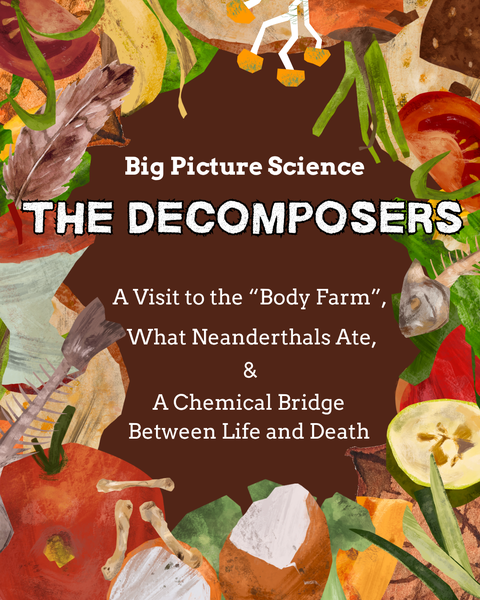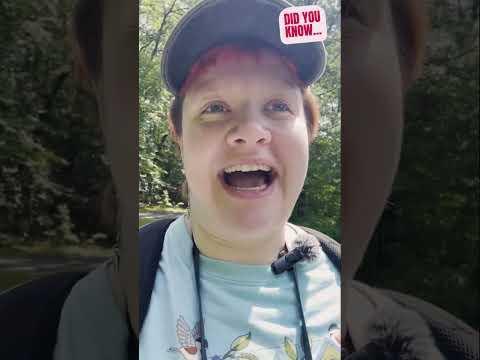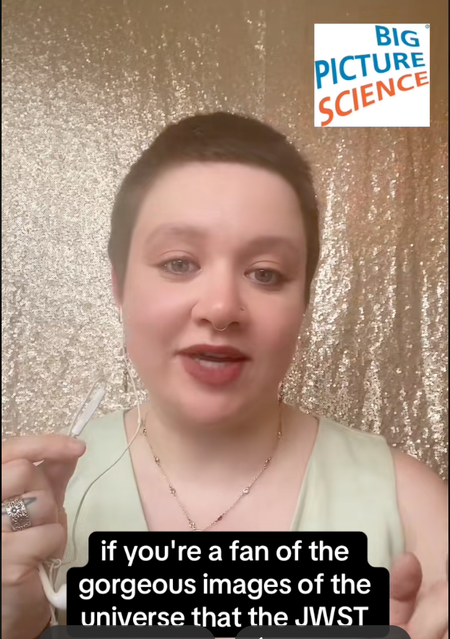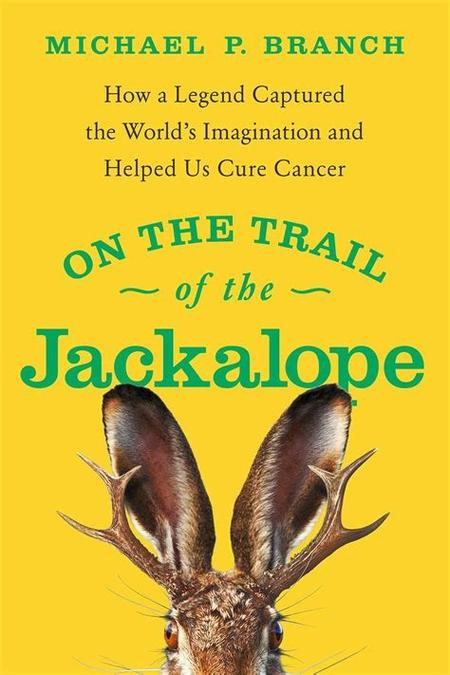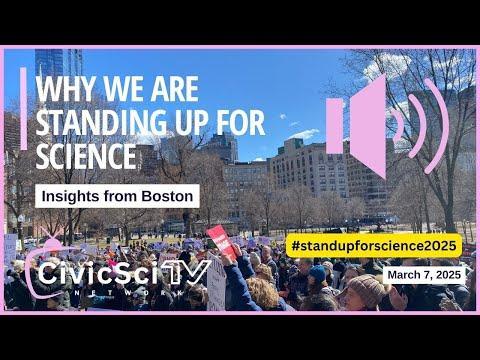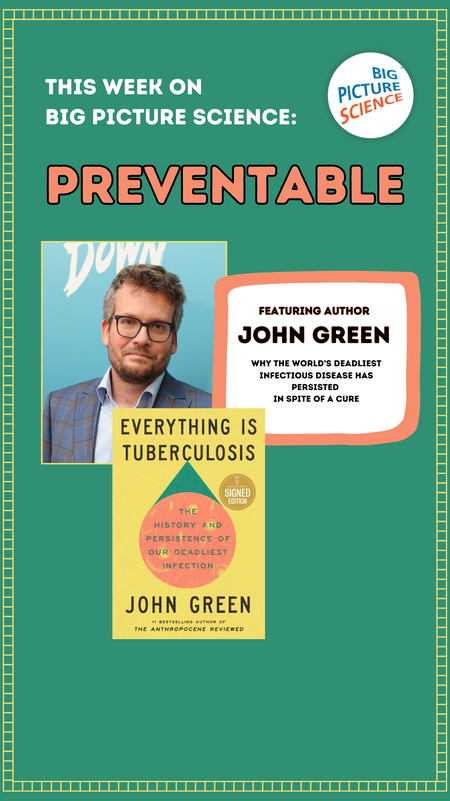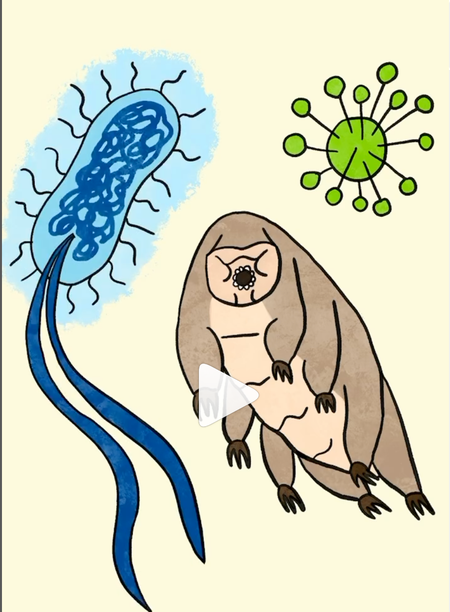CivicSciTV Network
•
16th March 2025
Did You Know Ep.2: Harvard Forest’s Schoolyard Ecology Program
In this episode of "Did You Know" in the CivicSciTV Newsroom, Correspondent Shannon Geary explores the Harvard Forest Schoolyard Ecology Program, which has been engaging K-12 students in ecological research since 2004. Founded by a group of ecologists at Harvard Forest in Petersham, Massachusetts, the program was designed to bring real-world scientific research into schoolyards, allowing students to participate in the same data collection and analysis as professional scientists.
How It Works
Students and teachers collect ecological data on their local environments and contribute it to Harvard Forest’s publicly accessible database, which now contains over 50,000 data points. There are currently 88 schools actively participating, spanning from Massachusetts to New York City, Washington D.C., and Georgia.
Key Research Projects
• Buds, Leaves, and Global Warming
The most popular project, based on Dr. John O’Keefe’s phenology research, tracks seasonal changes in deciduous trees. Students observe leaf color changes, bud bursts, and growing seasons, helping scientists study climate change impacts over time.
• Our Changing Forests
Inspired by Dr. Dave Orwig’s work, this project has students monitor forest plots to measure tree growth and carbon sequestration.
• Woolly Bully: The Hemlock Woolly Adelgid
Since 2004, students have tracked the spread of this invasive pest, providing valuable data for state foresters and researchers.
• Water in the Landscape: Vernal Pools (Currently Paused)
Originally led by Dr. Betsy Colburn, this project focused on biodiversity in seasonal pools. Some teachers still continue this work despite a lack of current training.
A Growing Community of Citizen Scientists
Beyond data collection, the program fosters engagement through trainings, workshops, and community storytelling. Workshops cover data literacy, graphing, and science communication, and educators, students, and researchers collaborate to turn classroom observations into meaningful scientific contributions.
As Katharine Hinkle, Youth Education Manager, explains:
“And I hear anecdotally from teachers, how the students have a lot of pride for their trees. They like to show off their trees to their family and friends when they're in the neighborhood. And just building those connections, you know, is really powerful, because we can't have a future generation who are going to advocate for the natural world if they don't have a relationship with the natural world. You can't fight for something you don't know. And so we want to make sure that they know their world.”
How to Get Involved
• Explore Harvard Forest’s LTER public database: https://harvardforest.fas.harvard.edu/data
• Attend trainings and workshops: https://harvardforest.fas.harvard.edu/schoolyard-lter-program
• Follow The Schoolyard Scientist Substack newsletter: https://schoolyardscientists.substack.com
• Listen to The Schoolyard Scientist Podcast: https://harvardforest.fas.harvard.edu/schoolyard-podcast
• Educators can contact Katharine Hinkle to bring the program to their classrooms: hinkle@fas.harvard.edu
By connecting students with long-term ecological research, the program not only provides valuable climate data but also fosters a new generation of environmental stewards.
Correction
In the video, Katharine Hinkle's name is misspelled. We regret the mistake.
📱 Join our community on:
➔ LinkedIn: https://www.linkedin.com/company/cs-media-lab/
————————————————————————
🔎 Relevant Hashtags: #CivicSciTV #SciComm #civicsciencenews #civicscience #didyouknow #didyouknowcivicscitv #harvarduniversity
————————————————————————
Get more analysis, relevant links, and related coverage across video, audio, and print by visiting the Civic Science Media Lab Terminal: ➔ https://civicsciencemedia.org
————————————————————————
© CivicSciTV Network. Any reproduction or republication of this video or audio, in whole or in part, is allowed provided proper citations are included.
————————————————————————
🌟 Subscription Link: @CivicSciTV
